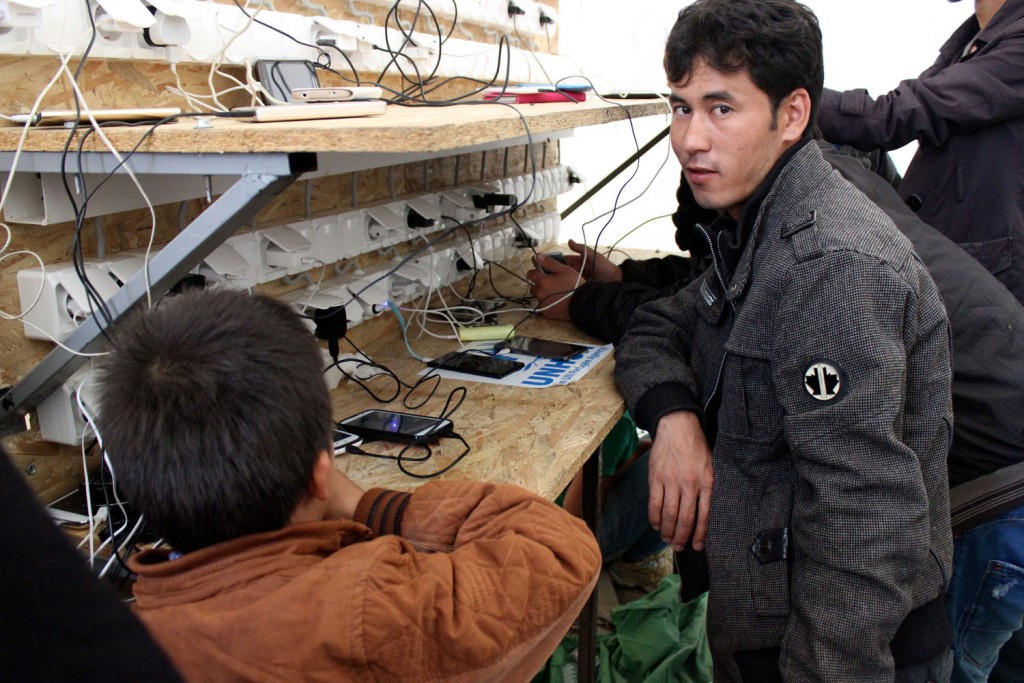
Refugees in Europe: Seeking a safe haven
Dahlia’s facts finding mission: FYROM-Serbia, (October, 2015)
Dahlia has carried out a fact-finding-mission in Macedonia, Serbia and Croatia to assess the refugee situation, meet stakeholders and asylum seekers, and attempt to highlight issues that need to be addressed. (see an article by Gilles Gasser)
Europe is facing its largest refugee crisis since the end of World War II. It is a crisis of unprecedented magnitude that largely originates from conflicts in Syria and Iraq or instability and poverty in parts of Africa. Despite the challenges this poses for the EU, the sheer number of refugees, on a global scale and when compared to other crisis, are not as daunting. Hundreds of thousands of women, men and children have been forced to flee their homelands in search of protection and a decent life. The majority are risking their lives to cross the Mediterranean Sea and take further dangerous routes to reach western Europe. The increased use of alternative routes in the central Mediterranean and the Balkans reveals that whatever “repressive” measures the EU implements, refugees will continue to come to the region, taking tremendous risks to reach safer soil. Almost nothing can stop people facing war, insecurity, violence or extreme poverty.
Countries in the western Balkans and elsewhere in Europe are struggling to cope with this influx of refugees and migrants. The Dublin III regulation, which requires that all asylum seekers be fingerprinted and sent back to their country of arrival in the EU, is effectively suspended. The Schengen agreement, that enables passport-free movement across most of central and western Europe’s internal borders, is falling apart. The lack of a coordinated EU policy and joint approach to the current challenges has provoked self-protective reactions by some governments and limitations of movement for asylums seekers. With the onset of winter, conditions for populations in transit will worsen. Yet, a coordinated human rights-based EU-wide humanitarian strategy is still missing.





